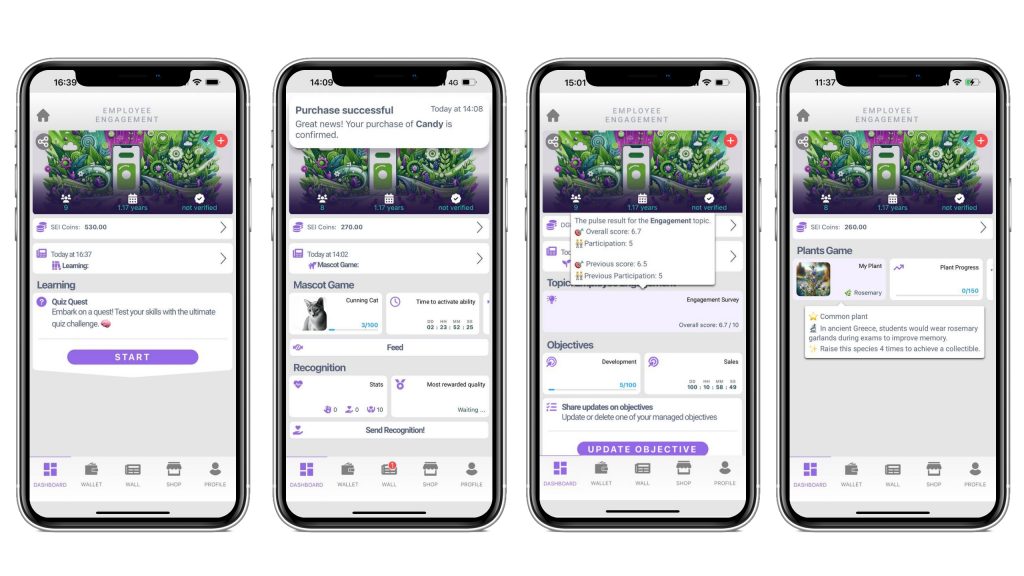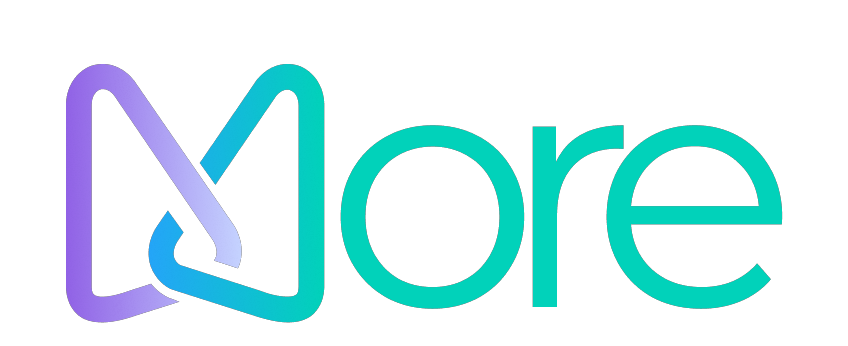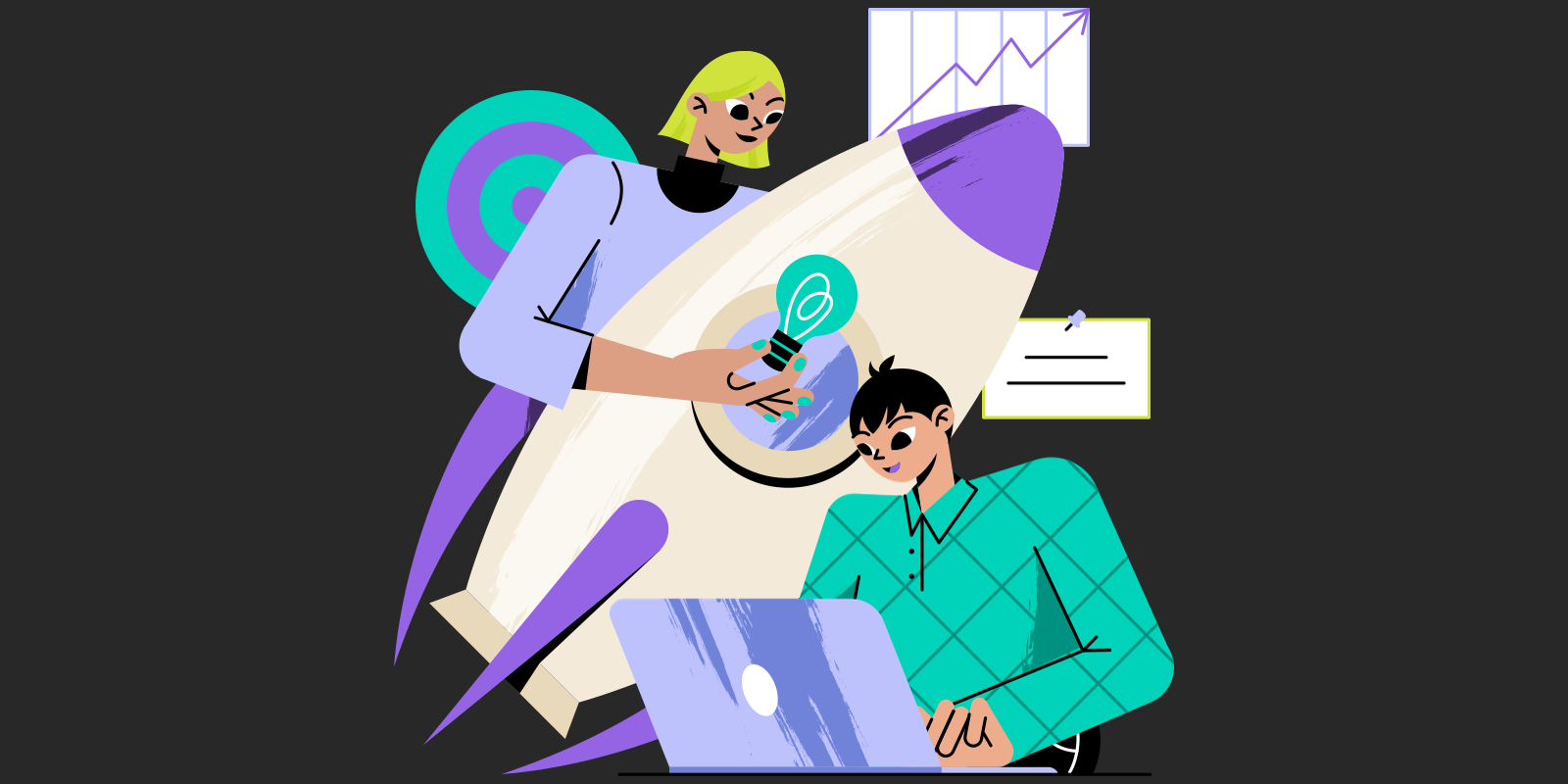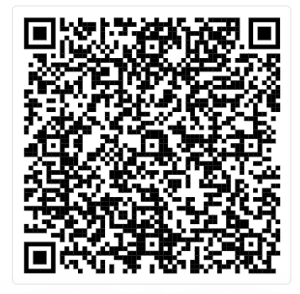Introduction
As the workforce continues to evolve, Generation Z (Gen Z) is making its mark. Born between the mid-1990s and early 2010s, Gen Z workers bring unique perspectives and skills to the workplace. However, effectively integrating these young professionals into existing structures can be challenging. This article explores strategies to include Gen Z workers at work, highlighting the role of gamification and the innovative app More Gamification.
Understanding Gen Z Workers
Before diving into specific strategies, it’s essential to understand what sets Gen Z workers apart from previous generations:
- Digital Natives: Gen Z has grown up with technology, making them highly proficient with digital tools and platforms.
- Value-Driven: They prioritize purpose and values, seeking employers whose missions align with their own.
- Desire for Growth: They crave continuous learning and development opportunities.
- Need for Flexibility: Flexibility in work arrangements, including remote work options, is crucial for them.
Strategies to Include Gen Z Workers at Work
Foster a Collaborative Environment
Gen Z employees thrive in collaborative settings where they can work closely with peers and mentors. Encouraging teamwork and open communication can help them feel more integrated and valued.
- Implement Cross-Functional Teams: Allow Gen Z workers to collaborate with various departments, broadening their skills and networks.
- Promote Open Communication: Create channels for transparent and regular communication to ensure their voices are heard.
Provide Continuous Learning Opportunities
Gen Z workers value ongoing education and skill development. Providing ample opportunities for learning can boost their engagement and productivity.
- Offer Training Programs: Regular workshops, online courses, and seminars can help them acquire new skills.
- Encourage Mentorship: Pairing them with experienced mentors can provide guidance and foster professional growth.
Embrace Flexibility
Flexibility in work hours and locations is a significant draw for Gen Z workers. Offering flexible work arrangements can improve job satisfaction and retention.
- Remote Work Options: Allowing work-from-home days or fully remote positions can attract and retain Gen Z talent.
- Flexible Scheduling: Providing options for flexible hours can help them balance work with personal commitments.
The Role of Gamification
Gamification involves incorporating game-like elements into non-game contexts to enhance engagement and motivation. For Gen Z workers, who grew up with video games and interactive technology, gamification can be particularly effective in the workplace.
Benefits of Gamification for Gen Z Workers
- Increased Engagement: Game elements like points, leaderboards, and rewards can make work more engaging and enjoyable.
- Enhanced Learning: Interactive and gamified training modules can improve retention and skill acquisition.
- Motivation and Productivity: Competition and rewards can motivate Gen Z workers to perform better and achieve their goals.
Introducing More Gamification
More Gamification is an innovative platform designed to enhance employee engagement through gamification. It offers a range of features that can significantly benefit Gen Z workers.
Features of More Gamification
- Personalized Learning Paths: Tailored training modules that adapt to individual learning styles and progress.
- Real-Time Feedback: Instant feedback mechanisms that help employees continuously improve their performance.
- Interactive Challenges: Engaging challenges and competitions that foster a sense of achievement and camaraderie.

Benefits of Using More Gamification for Gen Z Workers
- Engagement and Motivation: The gamified elements of More Gamification align well with Gen Z workers’ preferences, making work more engaging and motivating.
- Skill Development: Personalized learning paths and interactive modules ensure continuous development and skill acquisition.
- Recognition and Rewards: Leaderboards and rewards systems recognize achievements, boosting morale and encouraging high performance.
Conclusion
Including Gen Z workers at work requires an understanding of their unique characteristics and preferences. By fostering a collaborative environment, providing continuous learning opportunities, and embracing flexibility, employers can create a workplace where Gen Z employees feel valued and engaged. Incorporating gamification, particularly through innovative platforms like More Gamification, can further enhance their engagement and productivity, ensuring that both the employees and the organization thrive.


